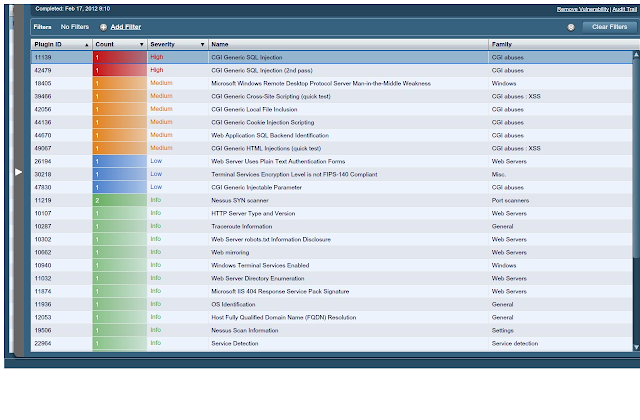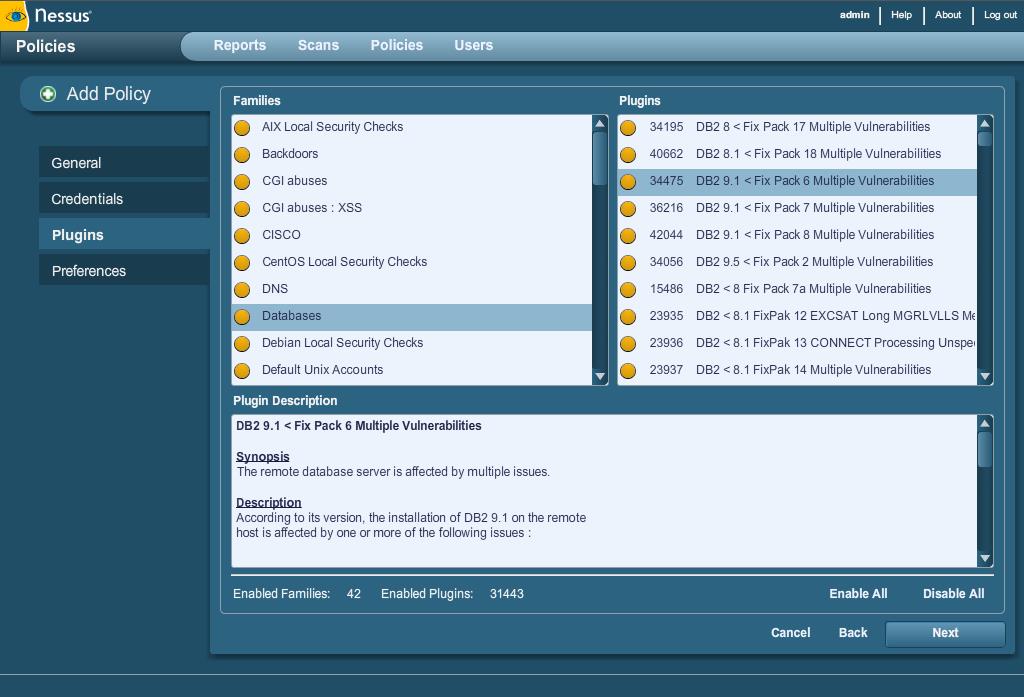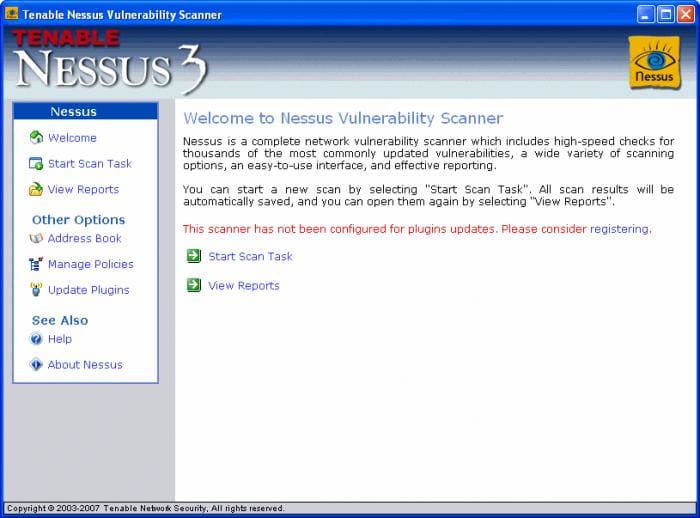
- #HOW TO USE NESSUS MALWARE SCAN PATCH#
- #HOW TO USE NESSUS MALWARE SCAN PASSWORD#
- #HOW TO USE NESSUS MALWARE SCAN PROFESSIONAL#
- #HOW TO USE NESSUS MALWARE SCAN FREE#
Consider environments that lack traditional malware protection, such as antivirus solutions - the overhead these agents exert within hosts is quite small. The application areas of these agents are wide. The agents enable scans to be carried out even when the hosts are offline. Nessus Agents provide a flexible way of scanning hosts within your environment without necessarily having to provide credentials to hosts.Tenable.io also allows for the customization of workflows for effective vulnerability management. Tenable also contains what was previously known as Nessus Cloud, which used to be Tenable’s Software-as-a-Service solution. It allows different teams to share scanners, schedules, scan policies and scan results. Tenable.io is a subscription-based service available here.The following are the available options at your disposal:
#HOW TO USE NESSUS MALWARE SCAN FREE#
The tool is free for non-enterprise use however, for enterprise consumption, there are options that are priced differently. New vulnerabilities emerge all the time, so your tool will need to be continually updated.Nessus is sold by Tenable Security. A scan only identifies known vulnerabilitiesĪ vulnerability scanning tool is only as good as its database of known faults and signatures. Therefore automating management and integration of these credentials with scanner should be considered to maximize both the depth of the scan, and privileged access security. A credentialed scan may require many privileged access credentialsĭepending on how thorough a scan is desired. Regardless, the scan itself is only an early step in the vulnerability management lifecycle.
#HOW TO USE NESSUS MALWARE SCAN PATCH#
Many organizations also integrate vulnerability scanning with automated patch management and other solutions to help reduce the human administrative burden. Because your systems are changing all the time, you should run scans regularly as your IT ecosystem changes A scan may need human input or further integrations to deliver valueĪlthough the scanning process itself is easily automated, a security expert may still need to review the results, complete remediation, and follow-up to ensure risks are mitigated. Most scans are “snapshots,” not continuous. This can highlight the likely risk and impact of a vulnerability, but may also disrupt your operational systems and processes, and cause issues for your employees and customers - so use intrusive scanning with caution. Intrusive scans attempt to exploit a vulnerability when it is found. Non-intrusive scans simply identify a vulnerability and report on it so you can fix it. Specialized scans are available for multiple different technology deployments, including cloud-based, IoT devices, mobile devices, websites, and more. These scans are based on the environment that your technology operates in. These scans allow you to harden and protect applications and systems that are not typically exposed by external scans. They can identify vulnerabilities that leave you susceptible to damage once a cyberattacker or piece of malware makes it to the inside. These scan and target your internal corporate network. They can include websites, ports, services, networks, systems, and applications that need to be accessed by external users or customers. These scans target the areas of your IT ecosystem that are exposed to the internet, or are otherwise not restricted to your internal users or systems. Here are some other ways that scans may be categorized, based on use case.
#HOW TO USE NESSUS MALWARE SCAN PASSWORD#
Because credentialed scans require privileged credentials to gain access for scanning, organizations should look to integrate an automated privileged password management tool with the vulnerability scanning tool, to ensure this process is streamlined and secure (such as by ensuring scan credentials do not grow stale). Credentialed scans uncover many vulnerabilities that traditional (non-credentialed) scans might overlook. These authenticated scans are conducted with a trusted user’s eye view of the environment. On the other hand, credentialed scans require logging in with a given set of credentials.

#HOW TO USE NESSUS MALWARE SCAN PROFESSIONAL#
So, while they can provide some valuable insights to a potential attacker as well as to a security professional trying to gauge risk from the outside, non-credentialed scans give a very incomplete picture of vulnerability exposure.

While they provide an outsider’s eye view of an environment, they tend to miss most vulnerabilities within a target environment.

Non-credentialed scans, as the name suggests, do not require credentials and do not get trusted access to the systems they are scanning.

Credentialed Scans Versus Non-Credentialed ScansĬredentialed and non-Credentialed scans (also respectively referred to as authenticated and non-authenticated scans) are the two main categories of vulnerability scanning.


 0 kommentar(er)
0 kommentar(er)
